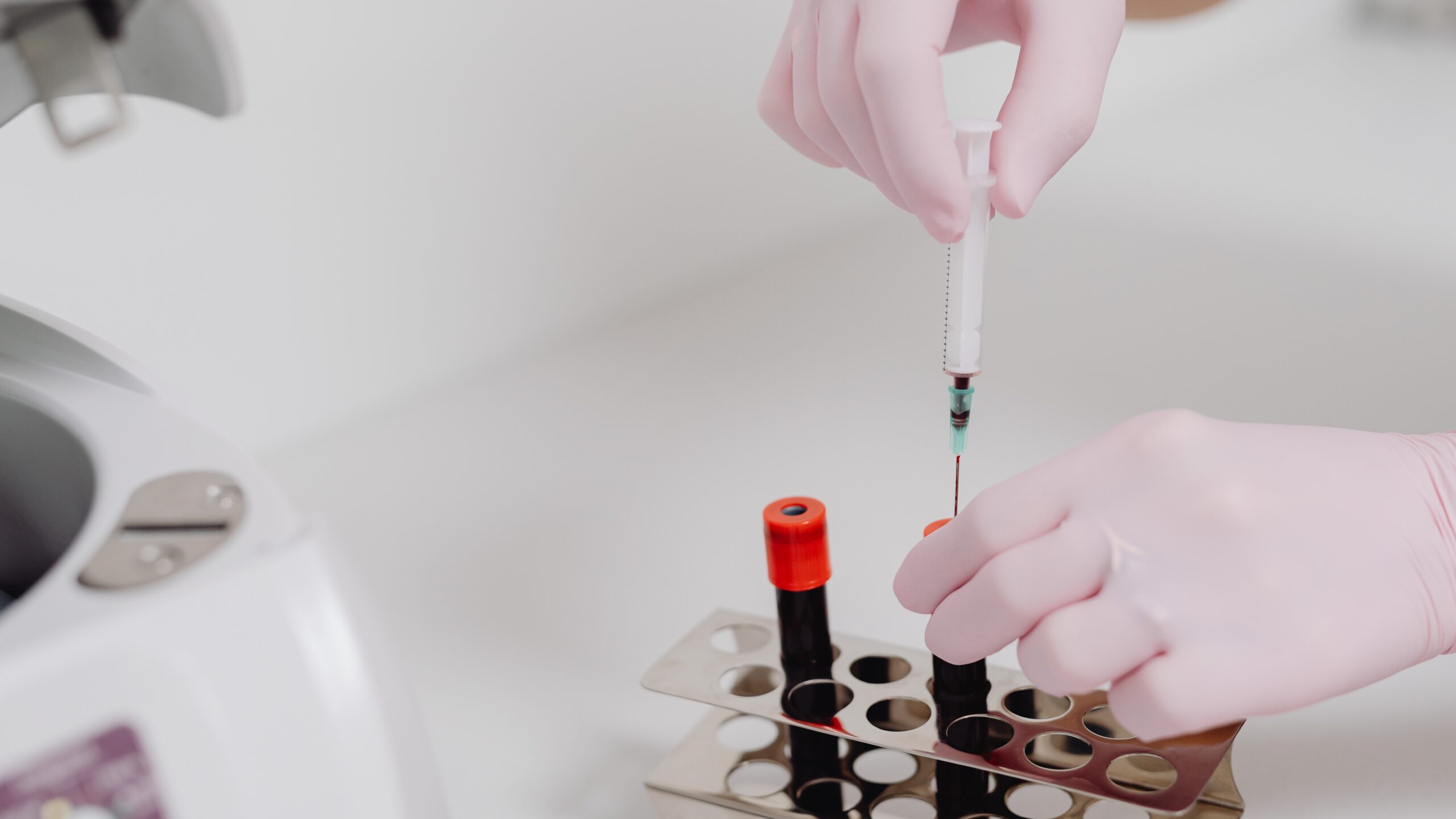Water is essential for all life forms on Earth, and its purity is crucial for maintaining a healthy environment. However, with industrialization and human activities, water pollution has become a significant concern. Water toxicity is a critical aspect of this problem, as it directly affects the well-being of aquatic ecosystems and human health. In this blog, we will delve into the causes, consequences, and solutions related to water toxicity.
Causes of Water Toxicity
Water toxicity arises from the presence of harmful substances that contaminate water sources. These pollutants can be of natural origin, such as algae blooms and volcanic activity, or human-made, including industrial discharge, agricultural runoff, and improper waste disposal. The main culprits are toxic chemicals, heavy metals, pesticides, and pharmaceuticals that find their way into water bodies through various channels.
Consequences of Water Toxicity
Threat to Aquatic Life: Toxic substances in water can cause severe damage to aquatic ecosystems. Fish and other aquatic organisms may experience developmental abnormalities, reproductive issues, and even death.
Human Health Risks: Contaminated water poses significant health risks to humans. Consuming toxic water can lead to acute or chronic illnesses, affecting vital organs like the liver, kidneys, and nervous system. Moreover, bathing or swimming in toxic water can cause skin irritation and other health problems.
Ecological Imbalance: Water toxicity disrupts the balance of ecosystems, leading to the depletion of certain species and the proliferation of others. This ecological disruption can have far-reaching consequences on the food chain and overall biodiversity.
Economic Impact: Water pollution and toxicity can adversely affect local economies that rely on fisheries, tourism, and recreational activities. Declining water quality can lead to job losses and a decrease in revenue for communities dependent on healthy water bodies.
Solutions to Water Toxicity
Strict Regulations and Enforcement: Governments must enact stringent regulations on industrial discharges and waste management. Regular monitoring and strict enforcement of existing laws will discourage irresponsible practices and prevent further pollution.
Improved Agricultural Practices: Encouraging sustainable agricultural practices can minimize the use of harmful chemicals, pesticides, and fertilizers that often end up in water bodies through runoff.
Invest in Wastewater Treatment: Implementing advanced wastewater treatment technologies can effectively remove toxic substances before releasing treated water into the environment.
Public Awareness and Education: Raising awareness about water toxicity and its consequences is crucial for motivating individuals and communities to take actions to protect water sources. Educating people about proper waste disposal and water conservation can go a long way in preventing water pollution.
Research and Innovation: Continued research and innovation in water treatment technologies can lead to the development of more efficient and cost-effective methods for mitigating water toxicity.
Conclusion
Water toxicity is a significant environmental issue that demands urgent attention and action. The consequences of contaminated water are far-reaching, affecting aquatic life, human health, and local economies. To combat water toxicity, we must work collectively by adopting responsible practices, promoting sustainable industries, and supporting advanced technologies for water treatment. By safeguarding our water sources, we can ensure a healthier and more sustainable future for generations to come. Let us all take an active role in preserving the life-giving essence of water.










